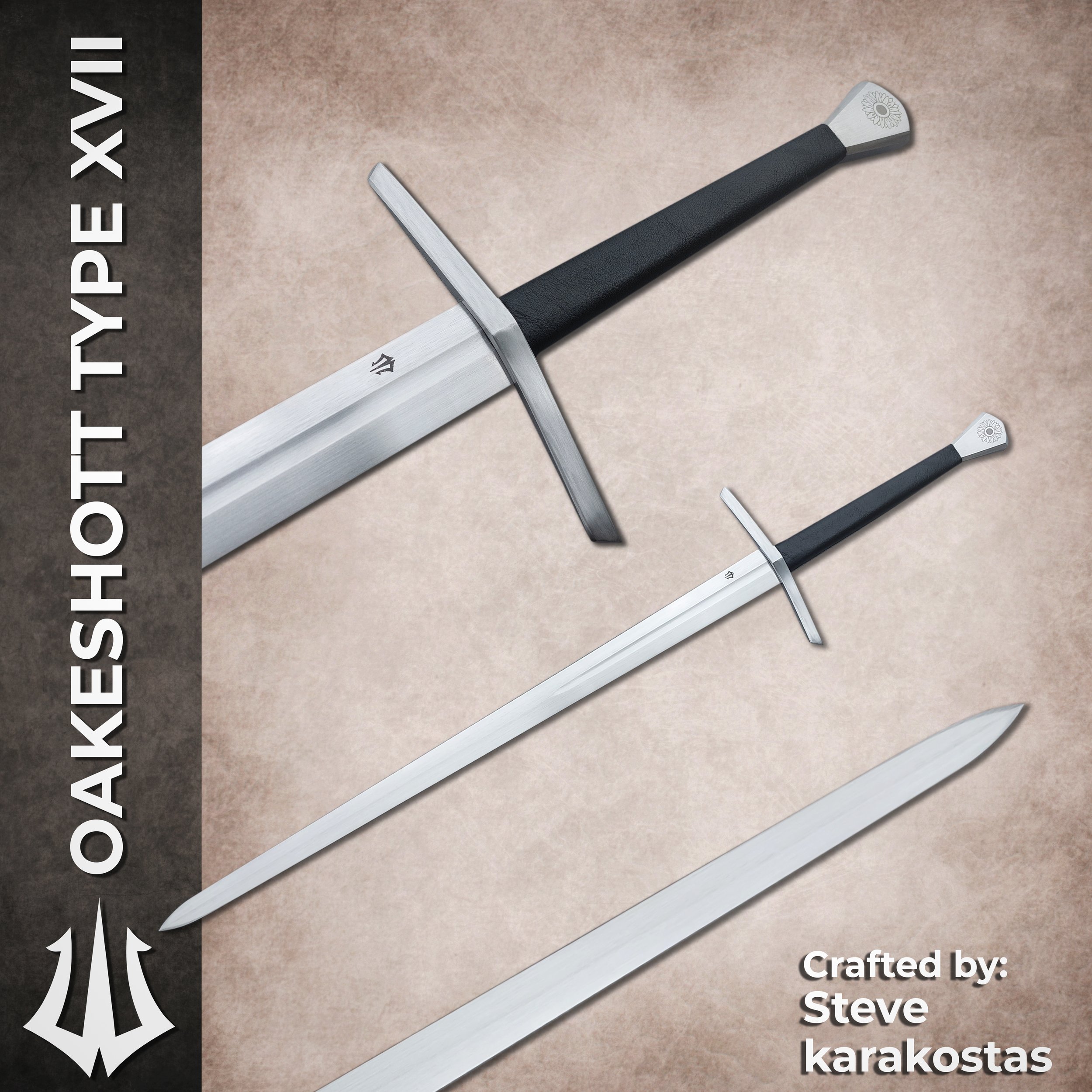Details & Specs
Length
Overall Length
45”
Blade Length
36”
Blade Width
2”
Hilt
Handle
Leather Wrapped with Poplar Core
Hilt Fittings
Mild Steel
Blade
Material
5160 Spring Steel
Thickness
0.250
Wielding
Point of Balance
4” from Guard
Total Weight
3lbs 1.3oz
The Story
In the 14th century defensive armor was constantly evolving, they added iron plates that they strapped over their mail which added protection to their extremities and torso. While adding extra protection to the upper body against foot soldiers and arrows, which made older style swords ineffective. This led to other weapons being utilized more such as the axe, mace and war hammer.
The sword had to change to retain its effectiveness or face becoming obsolete. For a sword to combat the armor of the time it had to make use of using thrusts into gaps in the armor. The flat lenticular cross section that was popular with early swords was not we suited for thrusting. The wide tip would impede its purpose rather aid in thrusting. Different cross sections and tips shape profiles needed to be developed to give stiffness to the blade.
Rather than using a diamond cross section like the Type XV, XVI and XVVIII these swords used a hexagonal section to add stiffness to the blade. Blades of this type were popular between 1355 to 1425.




